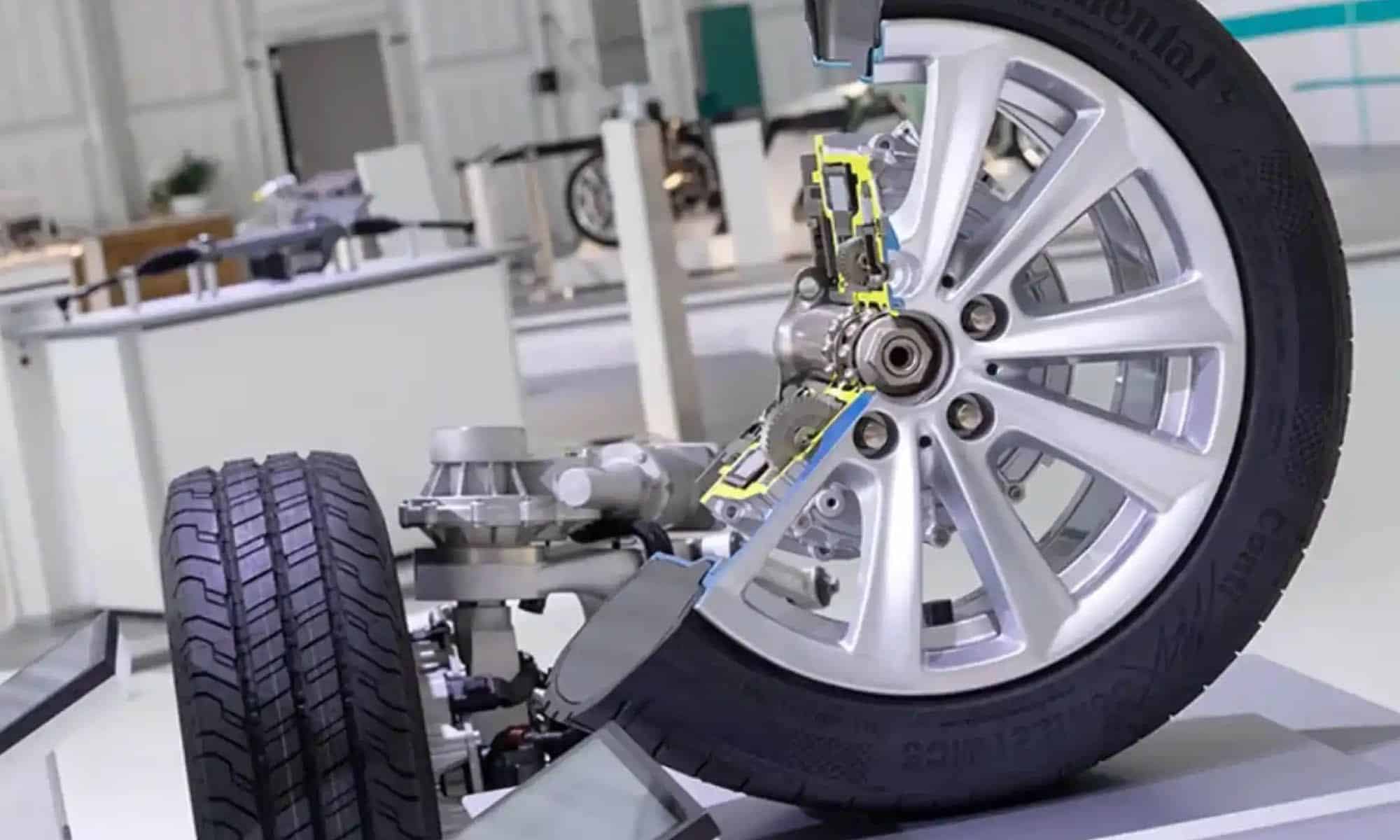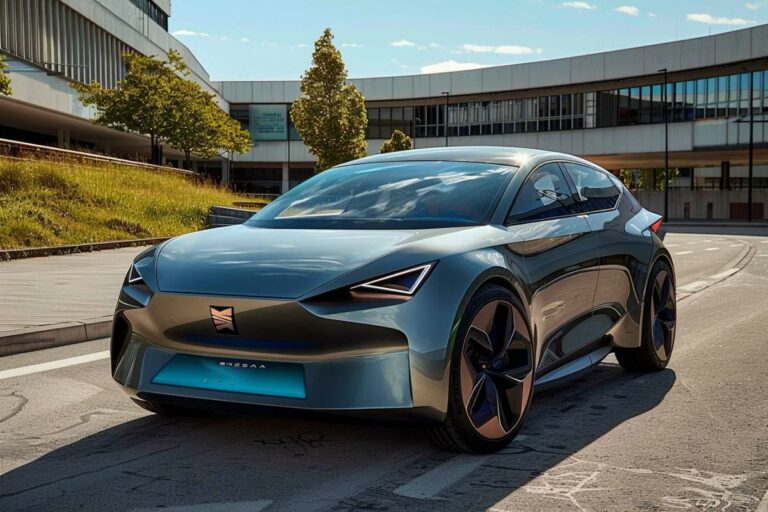Advances in electric mobility: motors integrated into the wheels

Electric mobility is experiencing revolutionary transformations thanks to the reintroduction of wheel-integrated motors, a technology that promises to change the design and efficiency of electric vehicles. Originally presented by Ferdinand Porsche in the early 20th century, this innovative idea has become relevant again in a context where sustainability is paramount. By eliminating traditional components such as transmissions, wheel motors not only offer greater energy efficiency but also the possibility of designing vehicles with more spacious interiors and more aerodynamic bodies. Companies like Protean Electric are leading the way in technological developments that integrate these motors, demonstrating their viability in commercial vehicles while addressing challenges such as durability and the handling of increased “unsprung weight.”
Electric mobility is experiencing a revolutionary evolution thanks to the rebirth of wheel-integrated motors (IWMs), a technology that, although old, promises to transform the future of electric vehicles. Originally presented by Ferdinand Porsche in 1900, this innovation has been enhanced by today’s demands for sustainability and efficiency. In this article, we will explore the advances and challenges of wheel motors, and how they are set to radically change the automotive industry. First introduced at the 1900 Paris World’s Fair, wheel motors made a significant impact. Porsche’s groundbreaking design, which replaced the centralized engine with motors placed within the wheels, was revolutionary. However, the limitations of the time and the preference for internal combustion engines halted its development. Today, with a renewed focus on sustainable mobility, Porsche’s vision resurfaces with new innovations that promise to transform the automotive landscape. The key to wheel motors lies in their efficient design that eliminates traditional components such as axles and transmissions. By integrating the motors directly into the wheels, these vehicles optimize energy efficiency and allow for greater design flexibility. Furthermore, each wheel can be controlled independently, providing a more stable driving experience adapted to different road conditions. By eliminating the need for bulky components, wheel motors open new possibilities in electric vehicle design. The extra space in the chassis allows for more spacious interiors and more aerodynamic bodies. This not only enhances the aesthetics of the vehicles but also optimizes their performance, allowing for greater range per charge. Companies like Protean Electric are leading the development of these advanced motors. By using systems that consist of two concentric rings, the stator and the rotor, wheel motors are already being installed in light commercial vehicles. The technology has also found applications in trucks and other industries, demonstrating its versatility and potential. Despite their advantages, wheel motors face significant challenges. One of the main issues is their exposure to external elements and road vibrations, which could affect their durability. To mitigate these risks, companies like Protean have conducted rigorous testing to ensure the performance of their motors over extended periods. There are also challenges related to “unsprung weight”, which affects vehicle handling, but by adjusting the suspension, these difficulties can be overcome. With the continuous evolution of the automotive industry, the future of wheel motors looks promising. They are designed to improve efficiency, reduce costs, and offer a safer and more sustainable driving experience. According to the Chief Technology Officer of Protean, they have the potential to profoundly modify the efficiency and aesthetics of electric vehicles, leading the industry towards a cleaner and more efficient future.The Rebirth of a Century-Old Technology
Design and Efficiency of IWMs
Impact on Electric Vehicle Design
Current Adoption and Applications
Challenges and Solutions
The Future of Wheel Motors
Future Outlook for Wheel Motor Technology
The resurrection of wheel-integrated motors in the field of electric mobility marks a groundbreaking shift in the design and efficiency of vehicles. Ferdinand Porsche was a pioneer in introducing this technology over a century ago, but the technological limitations of his time prevented its mass adoption. However, today, in the face of the urgent need for sustainable solutions, this idea has regained traction, promising to forever change the way we conceive electric transport.
These wheel motors eliminate the need for complex mechanical components such as transmissions, which not only improves energy efficiency but also reduces the vehicle’s weight and maximizes interior space. The ability to control each wheel independently offers a more stable and adaptive handling, highlighting an advancement not only in energy efficiency but also in safety.
Companies like Protean Electric and ConMet are at the forefront of developing this technology, demonstrating its viability in both commercial vehicles and industrial applications, such as trucks that use wheel motors to power refrigeration units. However, the technology faces significant challenges related to durability against external elements and the impact of unsprung weight on vehicle maneuverability. Thanks to rigorous durability testing and improvements in suspension design, these obstacles are being overcome.
With the promise of revolutionizing the automotive sector, wheel motors represent not only a return to Porsche’s original vision but also a response to contemporary demands for a cleaner, more efficient, and resilient future of mobility. This renewed approach not only highlights the importance of sustainability but also reconfigures the aesthetics and functionality of electric vehicles, taking the driving experience to new levels of innovation and safety.



